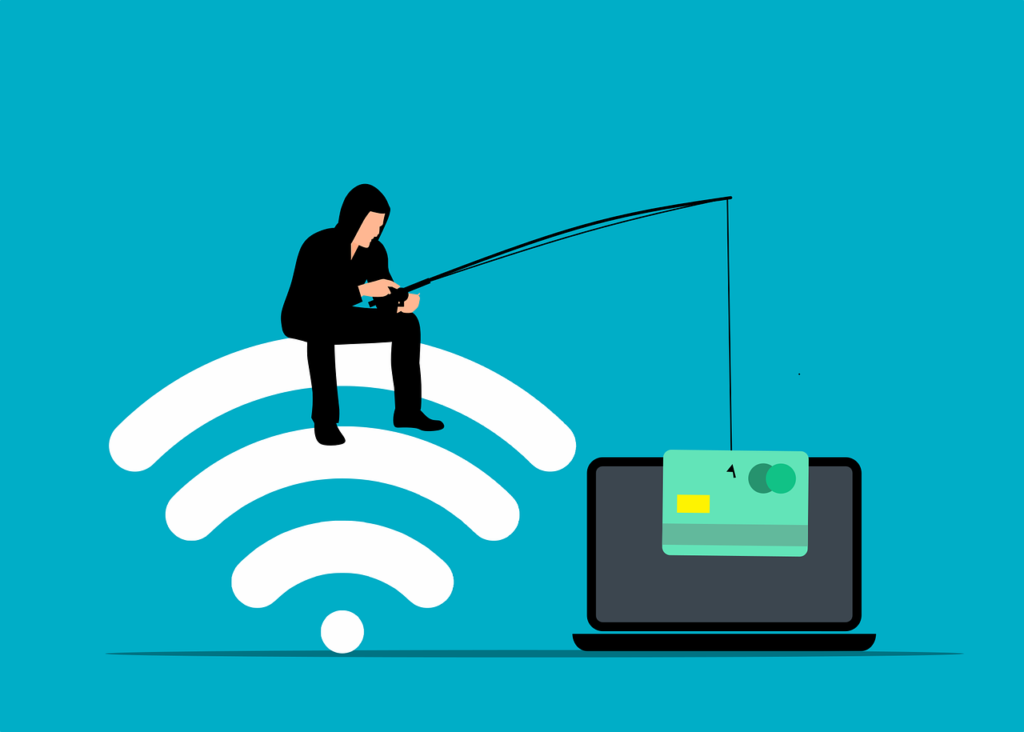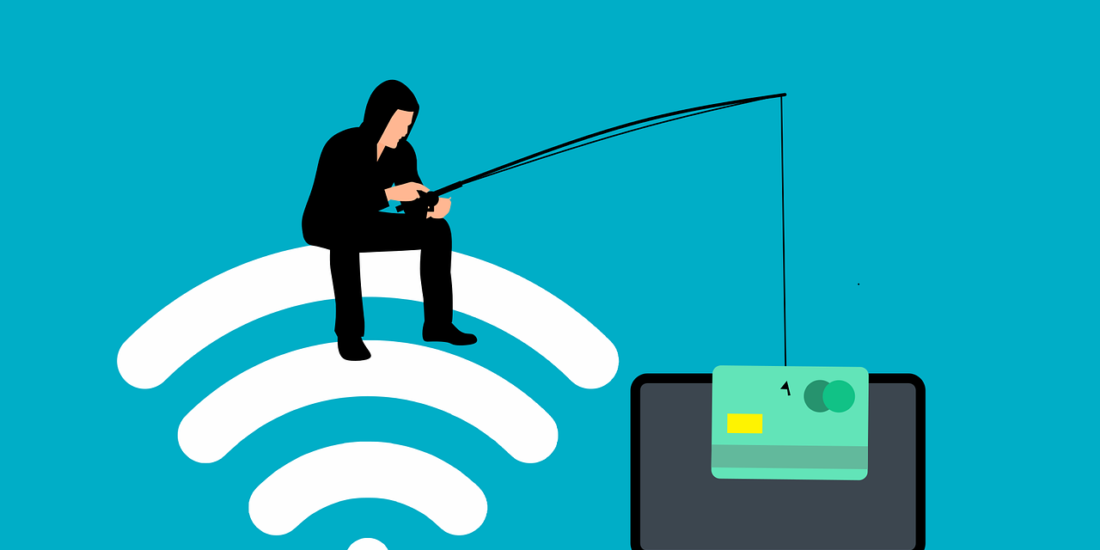Phishing & How to Protect yourself

What is Phishing:
Phishing is a cyber attack where attackers use deceptive emails, websites, or messages to trick individuals into revealing sensitive information, such as passwords, credit card numbers, or social security numbers. These messages often appear to come from a trustworthy source, like a bank, government agency, or well-known company. Phishing attempts can also involve social engineering tactics to manipulate victims into providing confidential information.
How to Protect Yourself Against Phishing Practically:
Here’s a checklist to remember for protecting yourself against phishing:
1. Be Skeptical:
[ ] Question unexpected emails, especially those asking for sensitive information.
[ ] Be wary of urgent requests, even if they appear to be from trusted sources.
[ ] Verify the sender’s identity by checking the email address and domain carefully.
2. Check Email Addresses:
[ ] Examine the sender’s email address for misspellings or irregularities that might indicate a phishing attempt.
[ ] Watch out for email addresses that resemble official domains but have slight differences.
3. Think Before Clicking:
[ ] Hover over hyperlinks in emails to see the actual URLs before clicking.
[ ] Avoid clicking on links or downloading attachments from unexpected or suspicious emails.
4. Verify Requests:
[ ] Confirm any requests for sensitive information by contacting the sender through an official channel, such as a verified phone number.
[ ] Be cautious of unexpected requests for login credentials, Social Security numbers, or financial information.
5. Use Strong Passwords:
[ ] Create unique passwords for each online account, combining letters (upper and lower case), numbers, and symbols.
[ ] Avoid using easily guessable information, such as birthdays or names, in your passwords.
6. Enable Multi-Factor Authentication (MFA):
[ ] Activate MFA on your accounts whenever possible to add an extra layer of security.
[ ] Use authenticator apps or hardware tokens for MFA instead of relying solely on SMS codes.
7. Educate Yourself:
[ ] Stay informed about common phishing techniques, such as spear phishing and pretexting.
[ ] Participate in phishing awareness training provided by your organization.
8. Protect Personal Information:
9. Be cautious about the information you share on social media platforms, as phishers often exploit publicly available data.
[ ] Avoid oversharing details about your personal life, especially information that can be used for security questions or identity theft.
10. Use Email Filters:
[ ] Ensure your email service’s spam filters are active and regularly updated.
[ ] Mark suspicious emails as spam to help train your email service’s filtering system.
11. Keep Software Updated:
[ ] Enable automatic updates for your operating system, antivirus software, web browser, and other applications.
[ ] Regularly check for and apply security patches and updates to fix vulnerabilities.
12. Be Cautious on Public Wi-Fi:
[ ] Avoid accessing sensitive accounts or conducting financial transactions when connected to public Wi-Fi networks.
[ ] Consider using a Virtual Private Network (VPN) for added security and encryption while browsing on public networks.
13. Report Suspicious Emails:
[ ] Report phishing emails to your organization’s IT department or security team following the company’s reporting procedures.
By diligently following these detailed checklist items, you can significantly reduce the risk of falling victim to phishing attempts and enhance your overall online security.

